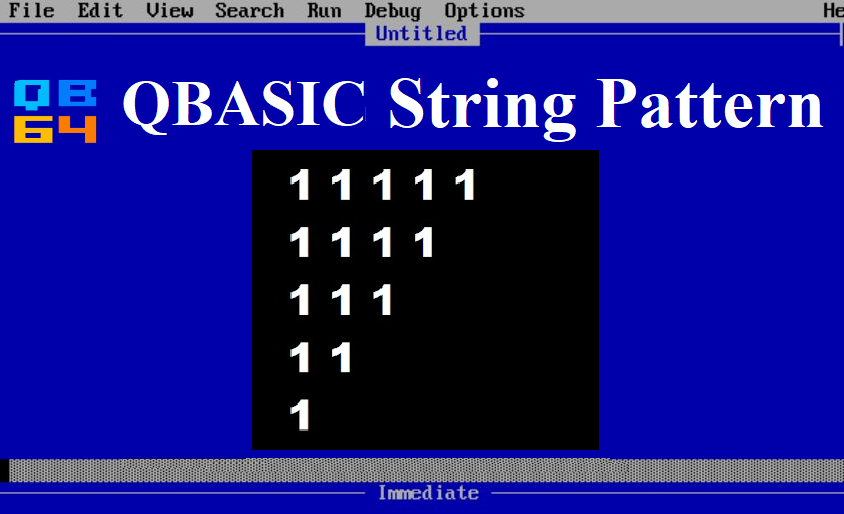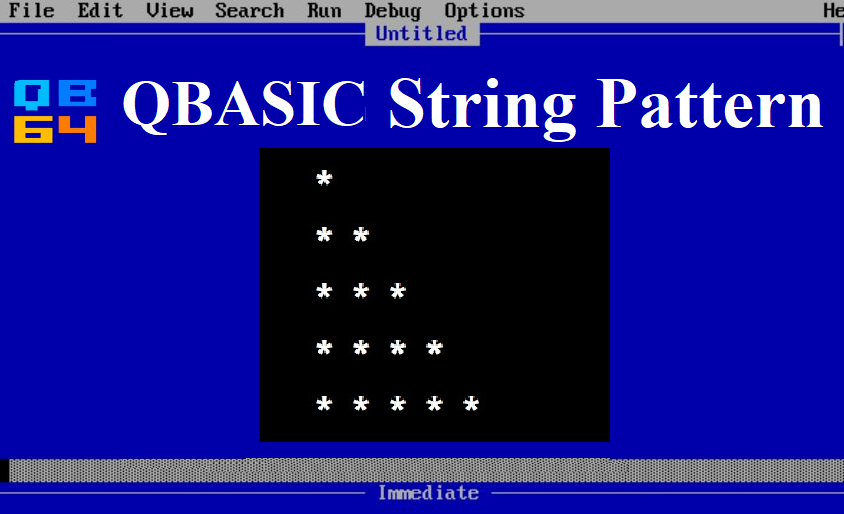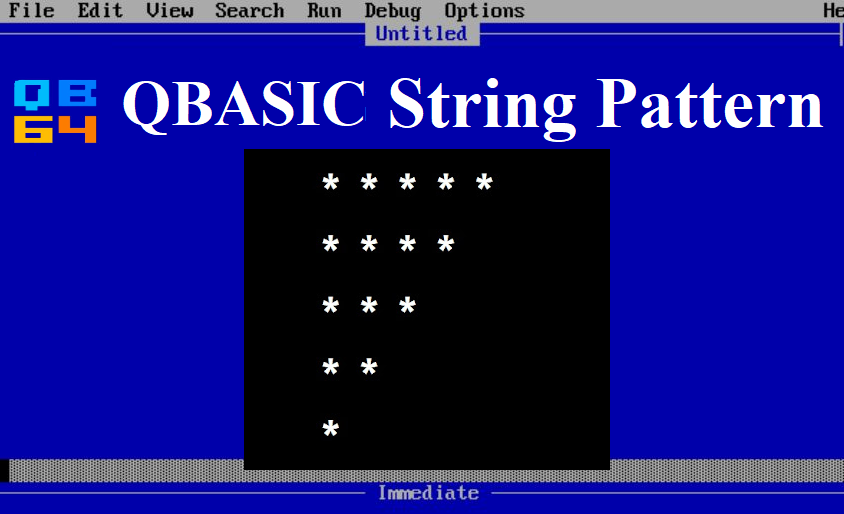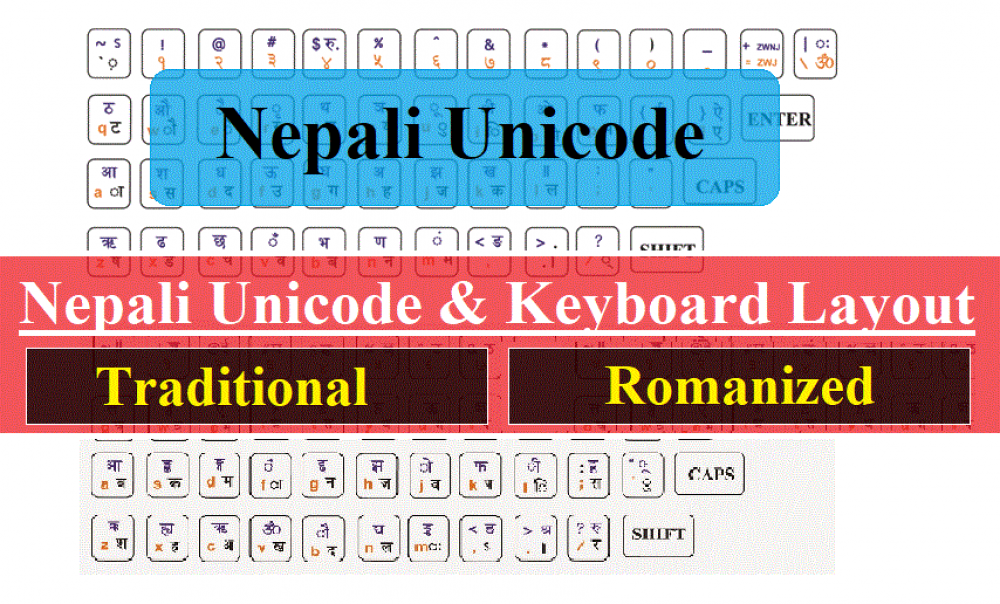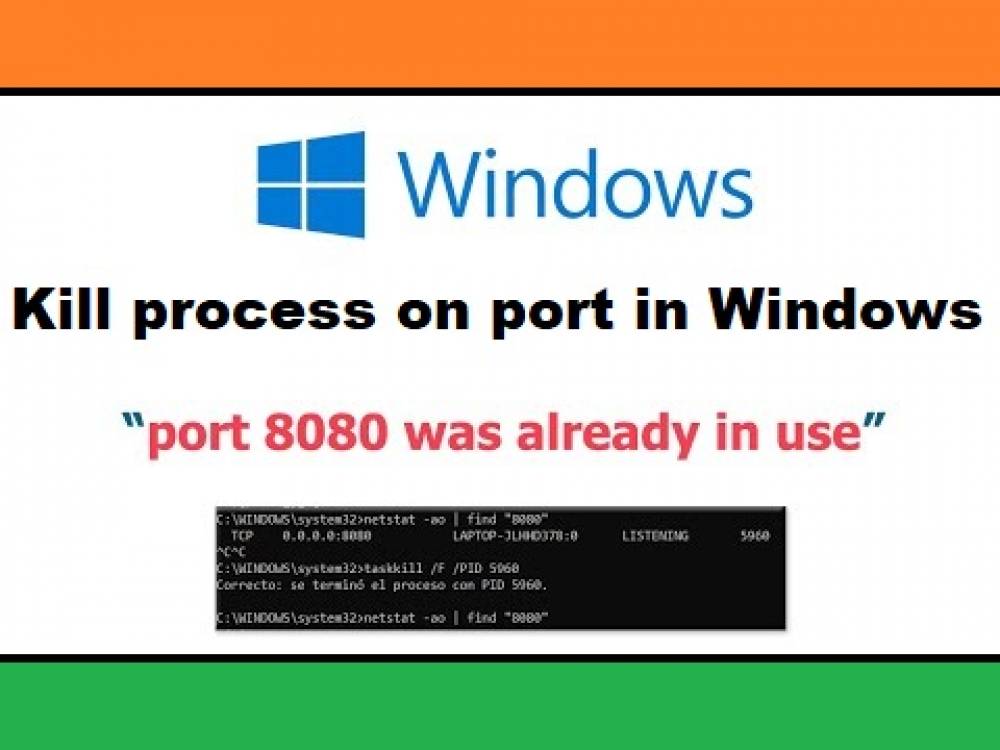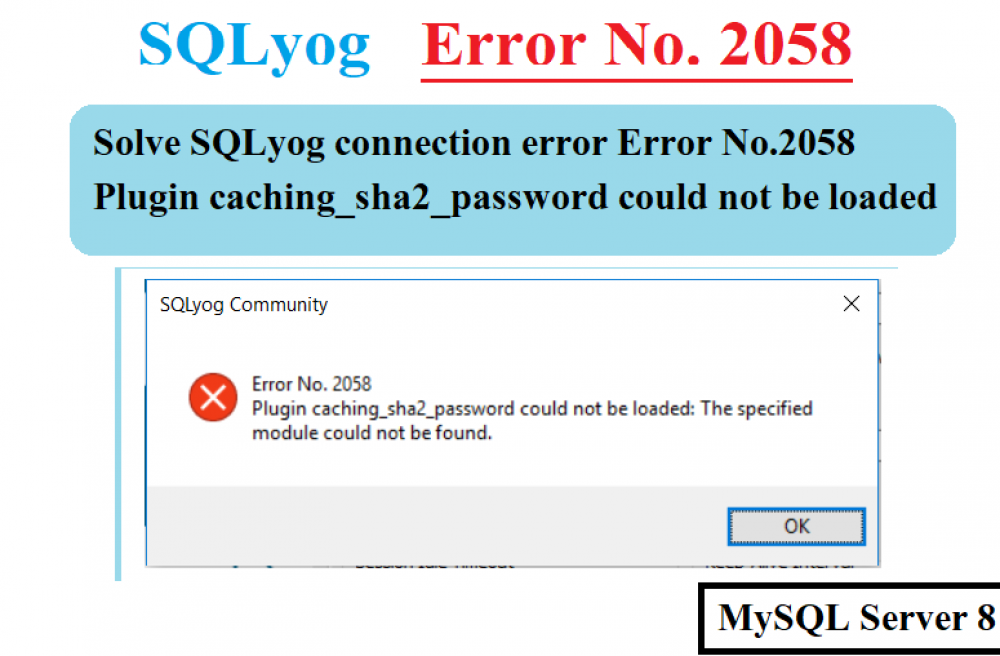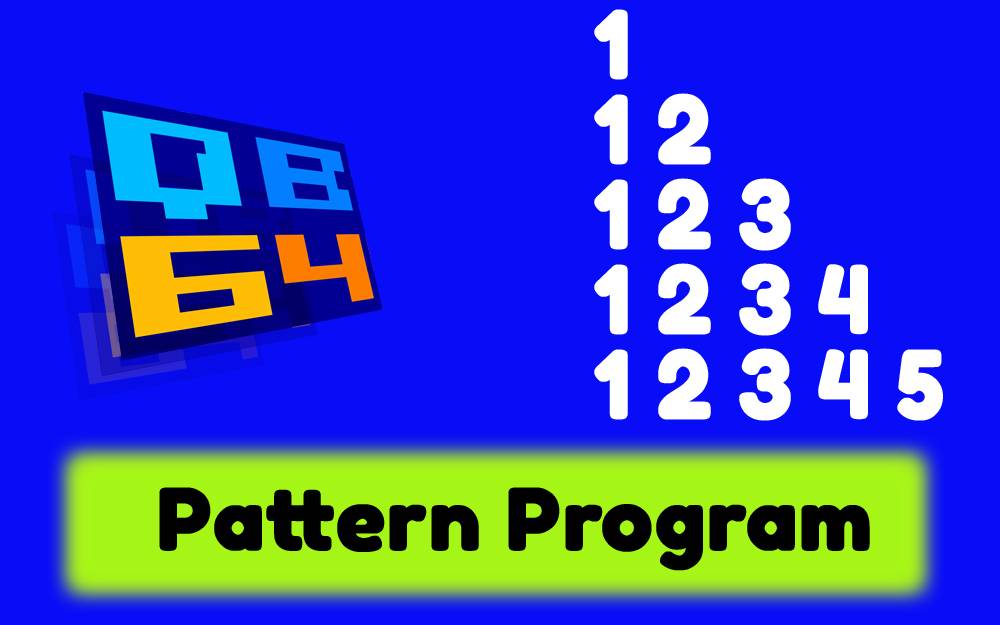How does Internet Television Work?
3 years ago- Before it can be transmitted around the Internet, Video should first be changed into a format acceptable for digital transfer via a process known as "encoding".
- The resulting digital data file is then stored on an internet-connected server where it is embedded into a webpage or usually designed available for download.
- When a digital video file exists on an Internet-connected server, internet users can access the file for playback.
- Depending on the server configuration, users might link to the server using either standard web-browsing software, special internet TV software or a digital device connected to a standard television.
- When the device access the file the server changes the media file into small blocks of data known as "packets".
- When the viewer's computer or television device connected to the server and start getting video information. the device must decode the incoming video in order to display it.
- Primary, the device gets the data packages from the server where is file is located.
- Utilizing the encoded identifying information. which includes important critical indicators such as how much data must be in the packet and in what order the packets need to be assembled, the device reassembles the incoming packets into a useful digital video file.
- Then, Utilizing the suitable codes, the device changes the media file to digital video and sends it to the viewer's monitor or television set for usage.
- Based on the type o internet TV being viewed, optionally available controls like as pause, fast forward and rewind may be accessible.
- These features are usually built in the local media-viewer software on the user's computer or television device and perform utilizing amazing software control.
- In some cases, even so, users can access additional content that is also stored on the server.
Recent Posts
Popular Posts




